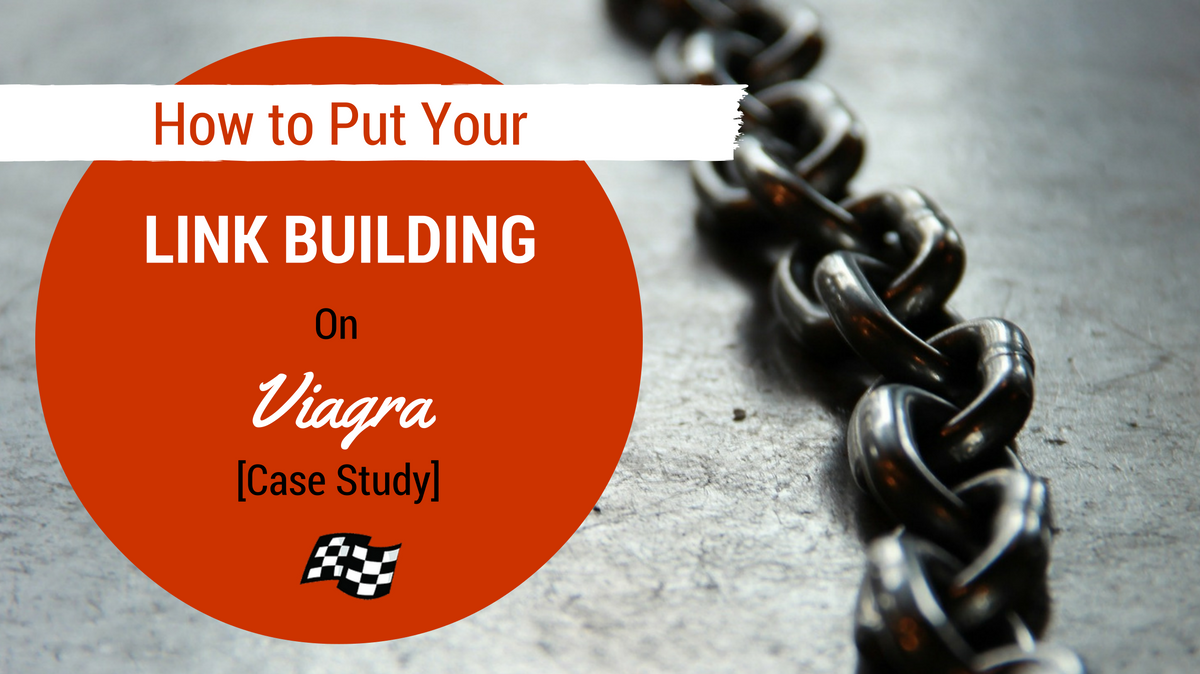
Guest blog post by Giuseppe Pastore, SEO Specialist
When it comes to link building, there’s so wide a variety of possibilities that trying to cover all of them in an exhaustive way would require an entire book. So, in this article, I’m going to focus on just one concrete way you can earn some good links in a simple yet effective way: help webmasters fix problems on their websites.
Since I believe the bigger the problem, the more likely you are to get a link, I’m covering a huge problem webmasters often have: being spammed by what I call Viagra hackers.
[Note: the screenshots below have been modified to protect the innocent (i.e. I have avoided showing the name of the site).]
Step 1: Finding a target website
Your first step is finding a website with this kind of problem; sadly, there are plenty, so your research won’t be so difficult. But, before you pick one, I’m going to give you a piece of advice: even if you are tempted to chose an .edu (hackers often use them because they are authoritative and easy to hack), remember it’s unlikely that you’ll get a link from them, even if you fix their problem. Why? First of all, you’ll send your email to a person that probably doesn’t manage the website. He or she will pass your email to the technical department, and they’ll do the job. Second, I’ve never seen any university publish a post on their blog (when there’s one) to thank someone who has helped them to eliminate Viagra spam. So, don’t go after .edu links.
Instead, it’s much better to look for a blog, since bloggers are accustomed to managing their own website and using it for linking. Keeping that in mind, you can start your research by typing into Google something like, “Buy cheap viagra online.” In that SERP, I found a site that shouldn’t be there; it’s a blog (your best choice).
click on image to see full-sized
The instant preview confirmed it had some problems. Reasons: it’s from a Viagra store and has highly keyword-stuffed content).
Step 2: Verifying it could give a good link
So, should I help this website? It could be a good candidate, but I wanted to be sure it was link worthy. To do this, I visited it by directly typing the URL.
click on image to see full-size
This blog has been online since 2001, has a good SEOmoz Domain Authority and a good number of incoming links according to Majestic SEO. It also has very few links on its pages, both internal and external (just 2), so this could be a great linking source.
Step 3: Doing the dirty work
Now that I was sure the site was worthy of helping, it was time to get busy. You can’t just send an email saying, “Hey, you have been hacked with Viagra,” and hope to get a link for this. Yes, it could happen. But, to have a greater chance of achieving my goal, I had to earn that link and spend some time giving the webmaster all the information I could to help him solve the problem.
What did I already know and what would be useful to know?
Consider that it’s important to have a deep understanding of what’s happening in order to:
- Explain to the blogger what’s going on;
- Explain to him why he isn’t aware of it;
- How to fix the problem;
- What to look for in the future.
So, at that moment, I knew:
- The site had been hacked (by the SERP snippet)
- Googlebot received keyword-stuffed content (by the Instant Preview)
- By directly visiting the blog, I received normal content.
This suggested that, at the very least, there was cloaking based on user agent (to serve Viagra content to the Googlebot), which had to be made on the server side via .htaccess file or PHP code. I tried to visit the blog by switching user agent to Googlebot, but in this case, it didn’t help since the server probably checks the IP and it returned 403.
click on image to see full-size
What else? I came back to the SERP and clicked on the results.
click on image to see full-size
I arrived on a Viagra store, so there was a redirect that happened when I come from Google but not by directly visiting the site.
click on image to see full-size
A check of HTTP headers told me that there was a 302 redirect, so this was a server-side cloaking based on the referral. It could also be useful to know if the redirect matched conditions regarding the domain (Google) or the query strings (i.e. keywords passed in parameter q= as it happens with Google searches).
To know this, I searched for the blog’s brand name and clicked on the result. In this case, I arrived at the actual blog, so the redirect happened only when there were Viagra-related words passed in the URL. This is quite common because, in this way, it’s more likely that the owner of the blog won’t discover he has been hacked.
Step 4: Contacting the blogger
Now I had enough elements to go on to step 4, contacting the webmaster. I emailed him and said he had a big problem (Viagra hacking) that he was unaware of (referral cloaking), explaining everything I had already checked and spotted. This helped him know that not only did he need to fix his website, but also that I knew what I was talking about.
In my email, I presented myself by linking to my SEOmoz profile, giving more credibility to my words. And, I offered my help to solve the issue. The answer was, “I’d really appreciate it!”
This kind of hacking isn’t new, and there’s a lot of literature about it; moreover, a WordPress-based site is easy to check. I gave the blogger information about the files and the database records, as well as the steps to follow to restart with a clean site.
Then I explained him how to monitor his website for the future:
- Google Webmaster Tools (mainly keywords, queries and fetch as Googlebot).
- Google Alerts for site:domainname.com ~viagra (I assume you know about site: command; the tilde (~) operator returns “similar” words).
Step 5: The (happy?) ending
After an entire day of email support, the blogger fixed his blog, and, after we achieved the result, he thanked me and asked how he could repay my kindness. That was the moment! I told him “just” a link to my website would be more than enough.
click on image to see full-size
And as you can see, I got it.
Final thoughts and caveats
This brief case study shows just one way you can get links from good websites, links that your competitors won’t ever get. But, before I send you off to try this method, just some final considerations.
I know you’re thinking a link from a hacked website may be more of a problem than an advantage. However, remember that spammers choose authoritative websites to achieve their own good results. Once the websites are clean again, they are great linking sources. The only potential risk: if the website is hacked a second time, your link may be among Viagra content and links or removed altogether. If you fear being in bad company, choose a second-tier link by asking the blogger to link another website (yours or not) that links your primary one. This can also be a strategy if you think your website is about a topic that’s unlikely to be linked to.
The last and most important thing is to focus on the word I’ve used several times in this article: earn. If you only go after easy links, you won’t succeed. Give and you’ll get.
Best of luck!
Giuseppe
About the author: Giuseppe Pastore is an Italian SEO specialist. Besides his blog, Posizionamento Zen, you can find him on Twitter as @Zen2Seo, the nickname he uses when he writes of SEO-related stuff around the Web.

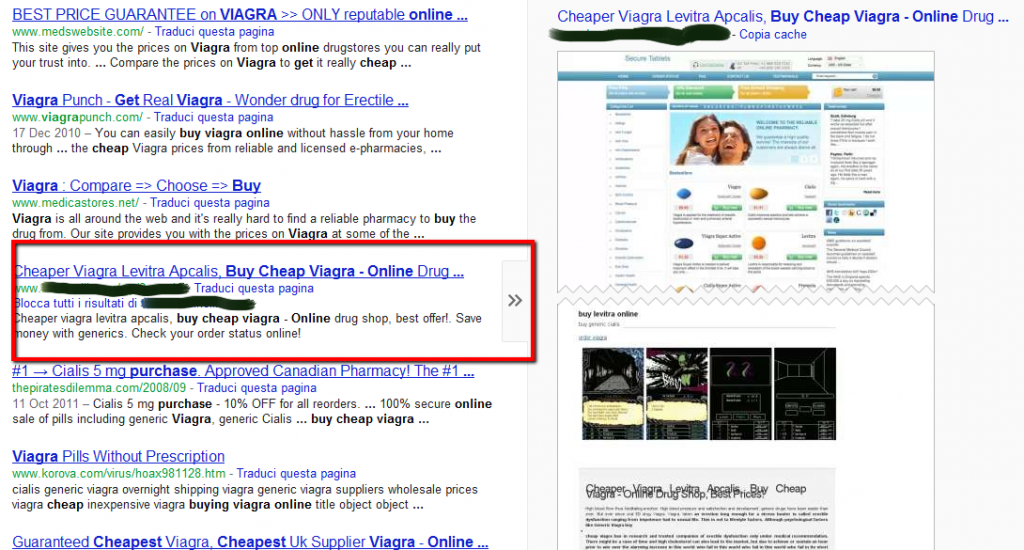

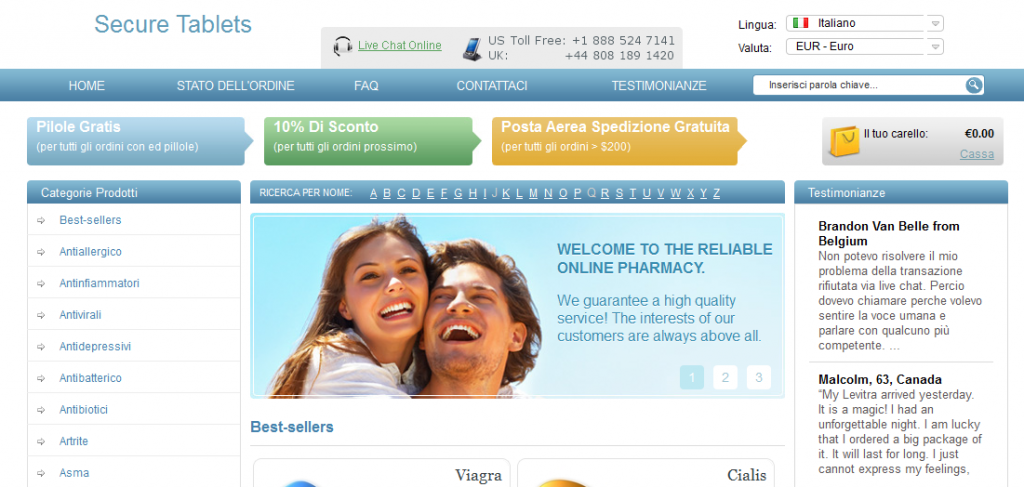
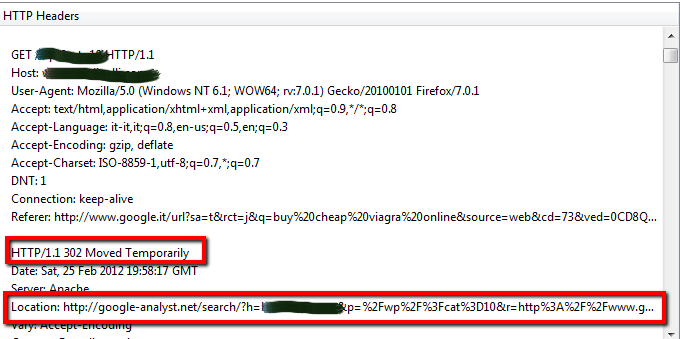
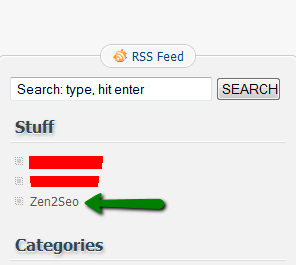
2 Responses to How to Put Your Link Building on Viagra [Case Study]